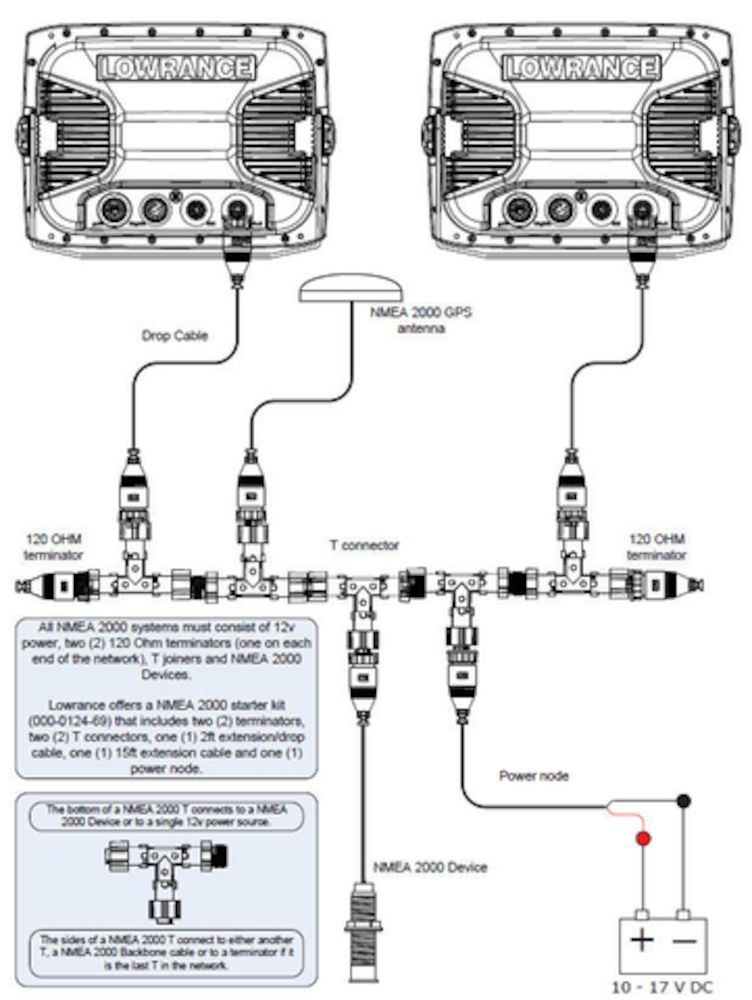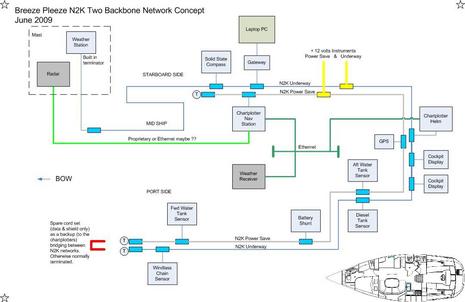

Should the WS320 fail despite those 200,000 hours of problem-free field testing, it looks easy to remove without tools, as shown in the manual snip at upper right (and the same is true of the WS210, whose cabling is also easily detached when the mast is pulled). I can’t think of another manufacturer who makes it so easy for an installer to optimally position a wireless gateway, but then again I also know boaters who bridle at the proliferation of little mushroom antennas.

While the B&G WS320 uses Bluetooth and solar power to eliminate the mast cable completely, the wireless base station again includes an interface into a boat’s NMEA 2000 network, and is also quite like Navico’s BT-1/WR10 Wireless Pilot Controller. (And see the LCJ Capteurs CV7 ultrasonic wind sensor I’m testing for a similar networking architecture.) And there’s no real point in sending all your precious data up to the masthead anyway, especially when a lighter, simpler cable can handle the sensor data and 12v power like the WS310 seems to. NMEA 2000 network backbones can be fairly long - 100m (328 feet) for the typical micro size cables - but the bigger they get, the more care must be taken about voltage drops, dirty connectors, and so forth. Many boats with masthead N2K sensors have done fine, but they’re also a fairly common source of problems (like maybe this current one on the Forum). That’s because standard N2K cabling is bulky to fish up a mast - with exceptions like BB Wire & Cable’s, and now defunct SimNet - and because it has to serve as part of the network’s backbone, with masthead termination included (unless your mast run is under 20 feet, the max for an N2K drop).
#Nmea 2000 wiring schematic install
Over the years it’s become clear that a NMEA 2000 masthead sensor can be awkward to install and also a potential point of failure. Instead, there’s a short Network Interface cable that presumably converts an analog signal coming down the mast into N2K wind PGNs (messages) while also sending a little N2K 12v power up to the sensor. Note in these WS310 parts and wiring diagrams that the mast cable is not part of the boat’s NMEA 2000 network. What’s not obvious unless you dig into the manuals is how both can deliver NMEA 2000 wind information to a boat without having to run an N2K backbone up its mast. The wireless WS320 model is said to work with masts up to about 25m (82 feet) and retails at $699 complete, while the wired WS310 Wind Pack is $599.


 0 kommentar(er)
0 kommentar(er)
